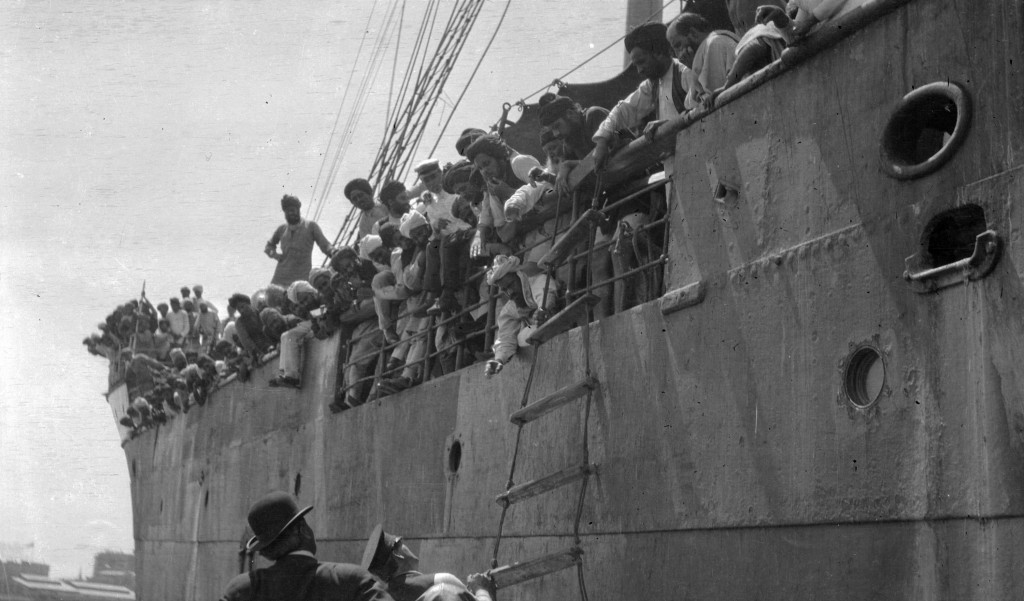By Ashley Mussbacher (The Cascade) – Email
Print Edition: January 22, 2014

“There’s a lot more awareness about what it means to be South Asian. There’s more of a cultural and religious awareness,” said Sharanjit Kaur Sandhra, coordinator at UFV’s centre for Indo-Canadian studies, regarding the upcoming centennial anniversary and commemorative exhibition of the Komagata Maru incident.
Education at a young age, she explained, needs to fight ignorance in our community.
“I’m very excited about our exhibition launch,” Sandhra said. “It’s being launched in our Sikh Heritage Museum … [it] is housed in the National Historic Temple, which is the oldest standing Sikh Temple in the Americas. We’ve converted the ground floor into a fully functioning museum.”
The Komagata Maru exhibition, titled Challenge and Denial, launches on January 26 and will run for the rest of the year. It is split into two parts. The first is a timeline detailing the history of South Asians and B.C. between 1897 and 1915. The second part features artist Jarnail Singh who depicts different scenes of the Komagata Maru incident.
On May 23, 1914, a coal freighter carrying 376 people from India was barred from landing on the B.C. coast. The majority of the group was Sikh, but also included Muslims and Hindus, all of whom were British subjects.
The B.C. government legislated that they had to pay $200 a head to set foot in the province, which was a fortune at that time. After two months of being anchored off the coast, British Navy ships arrived to send them back the way they came. Only 20 of them were allowed to stay in Canada, having proven their Canadian residence status.
The exhibition will also feature keynote speaker Nsibe Kaur, a descendent of the shore committee that brought the passengers food and water during their two-month stay off-shore and raised $60,000 to pay off the ship’s owners.
“Those men were earning a dollar a day,” Sandhra explained. “To raise $60,000 is just amazing.”
In 2008, Prime Minister Stephen Harper formally apologized for the incident.
“Over the 100 years there’s this recognition that we are citizens, we are Canadians. At the same time, I do want us to question also what hasn’t changed and what can we do to work on that,” Shandhra said.
This issue was brought into the public eye on December 2, 2013 when it was widley reported that a was caught urinating on the Komagata Maru memorial in Vancouver.


